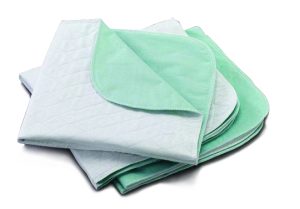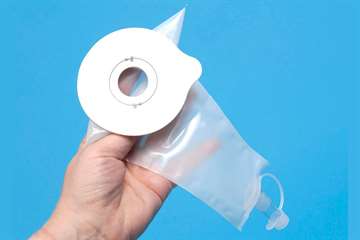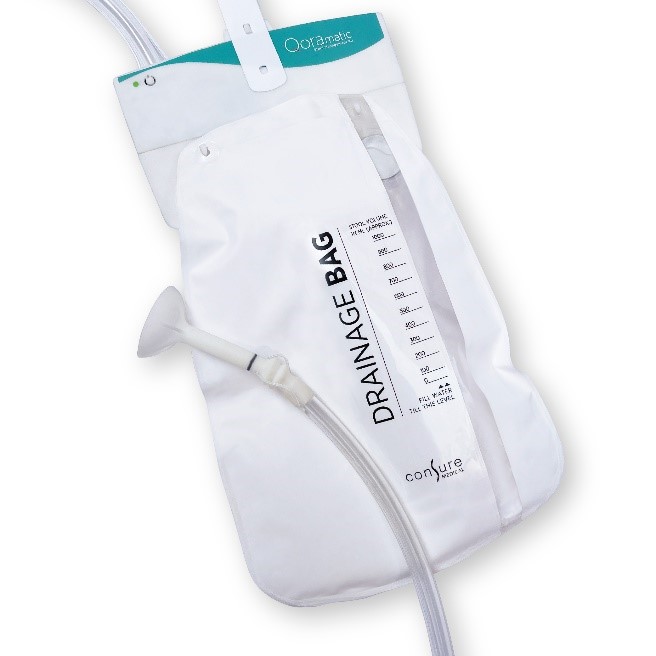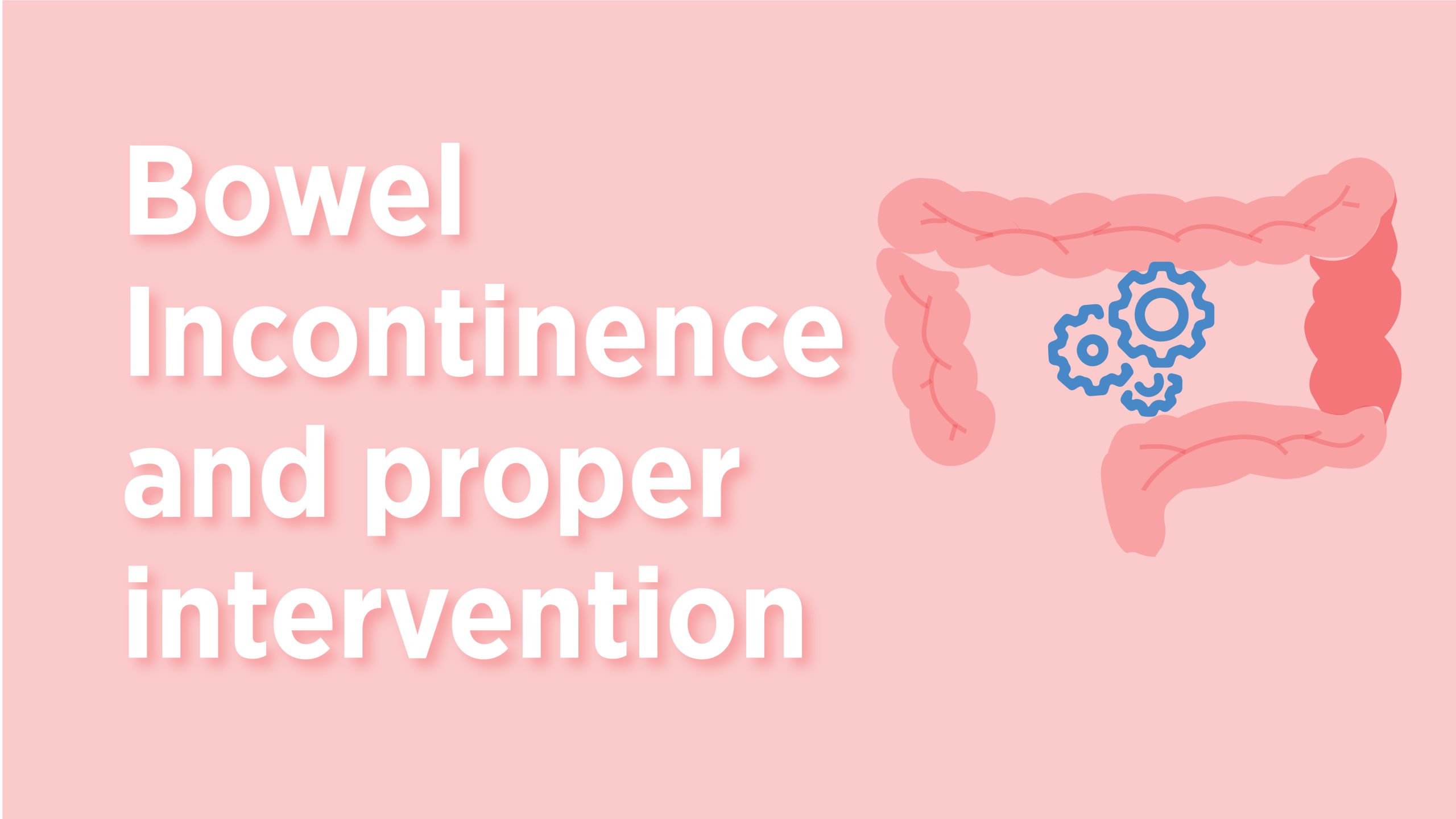Fecal incontinence is the inability to control bowel movements which could cause unexpected leakage from the rectum. It is a common bothersome and chronic social and hygienic condition that presents a significant negative impact for both care providers and patients. As many as 9-40 patients in Intensive Care Units are affected by fecal incontinence. In acute care settings, fecal incontinence could be a result of one or many factors such as antibiotics, sedation levels, clinical conditions, etc. In healthcare settings, fecal incontinence could significantly and adversely affect clinical outcomes and hospital quality metrics due to hospital acquired complications and infections. (HAC and HAI).
For patients in long term care settings such as nursing homes, home agencies etc., immobility and dementia are a factor for causing fecal incontinence in residents as it precludes them from getting to the toilet. Fecal incontinence can be a sign for declining health and increased mortality in nursing homes. Nursing home residents have lost many functions of everyday life, such as the ability to dress or feed themselves, and these lost functions can lead to loss of dignity. Losing control over bodily functions such as emptying their bowels, is especially threatening to their dignity. In addition to emotional distress, bowel incontinence can cause skin irritation around the patient’s anus and sacral region.
Interventions for Bowel Incontinence
Absorbent pads
Absorbent pads are the most common and archaic solution to manage fecal incontinence. These pads are the most inefficient solution to manage fecal incontinence. Pads create a myriad of clinical complications, cross-contamination, are extremely laborious to use, and are highly uncomfortable for patients.

Absorbent Pads
External anal pouch
Consisting of a bendable wafer with an opening at its center, with one side of the wafer adhering to the resident’s anus and the other connecting to a collection bag, the external anal pouch allows for the collection of feces without exposing the perianal area to stool. An external anal pouch also helps control odor. External anal pouch can be difficult to apply especially for people who have acute oedema between the anus and vagina or scrotum. Additionally, it cannot be used on wounded or sore skin.

Image Courtesy : Continence Product Advisor
Rectal tubes and catheter
Rectal catheters, also known as intrarectal balloon catheters, consist of a long tube with an inflatable balloon on one end and a disposable collection bag on the other. These IBCs are inserted into the rectum digitally and the balloon at the end is inflated at the anorectal junction to keep the device in-situ. The fecal exudate is diverted from the rectum into a disposable drainage bag allowing for extended use.
The high-pressure balloon that keeps the device inserted cause extreme patient discomfort and even lead to clinical complications such as rectal or sphincter damage. Several healthcare providers practice a ‘daily holiday for balloon catheters’ where rectal tubes and catheters are removed for an hour to avoid constant stain on the sphincter muscles and avoid damage.
FI management with pads and even balloon catheters still require manual intervention.
Rectal trumpets
Consisting of a nasopharyngeal airway connected to a drainage bag, rectal trumpets are shorter than rectal tubes, so they present a decreased risk for damaging the lining of the rectum. There are chances of trumpet to eject out of the rectum during coughing, straining or due to linen changes
While each of these interventions presents unique benefits, many of these fecal management system options can damage to the delicate tissue of the anus, rectum, or sphincter as they use high-pressure balloon catheters, are prone to over-inflation and inflict radial pressure. These solutions keep the patient prone to incontinence-associated dermatitis, pressure injuries, necrosis, sphincter dysfunction, anorectal trauma, or bleeding. Others may work poorly and leak to cause discomfort and embarrassment for residents and extra work for nurses and aides. Such outcomes can increase the length of the hospital stay and significantly add to the cost of care.
Fortunately, healthcare technology is expanding rapidly, and there are now fecal management systems that work to control bowel incontinence effectively without causing clinical complications.
Qoramatic Stool Management Kit

First ever vacuum based fecal management device
Qoramatic is the first of its kind, automated stool management kit that uses negative pressure suction to collect and divert fecal output into a disposable drainage bag. The device consists of a soft and pliable receptacle inserted into the rectum that diverts the fecal exudate into a drainage hub via a long transit tube. The novel receptacle exerts 0 mmHg radial pressure and eliminated chances of rectal injuries associated with high pressure balloons. The matic hub facilitates negative pressure suction to actively divert feces and automates routine irrigation and milking which would require manual intervention with other solutions.
FI management is a laborious and time-consuming clinical challenge. Nurses spend up to 174 mins each day managing fecal incontinence which can otherwise be spent on more critical tasks of patient care. To order a free demo of Qoramatic, visit our Stool Management Kit page and fill out the form.
For more information about proper intervention for bowel incontinence, consult with a clinical education professional.



One reply on “Bowel Incontinence and Proper Intervention”
You created some decent points there. I looked online for that issue and located most individuals is going along with using your website.